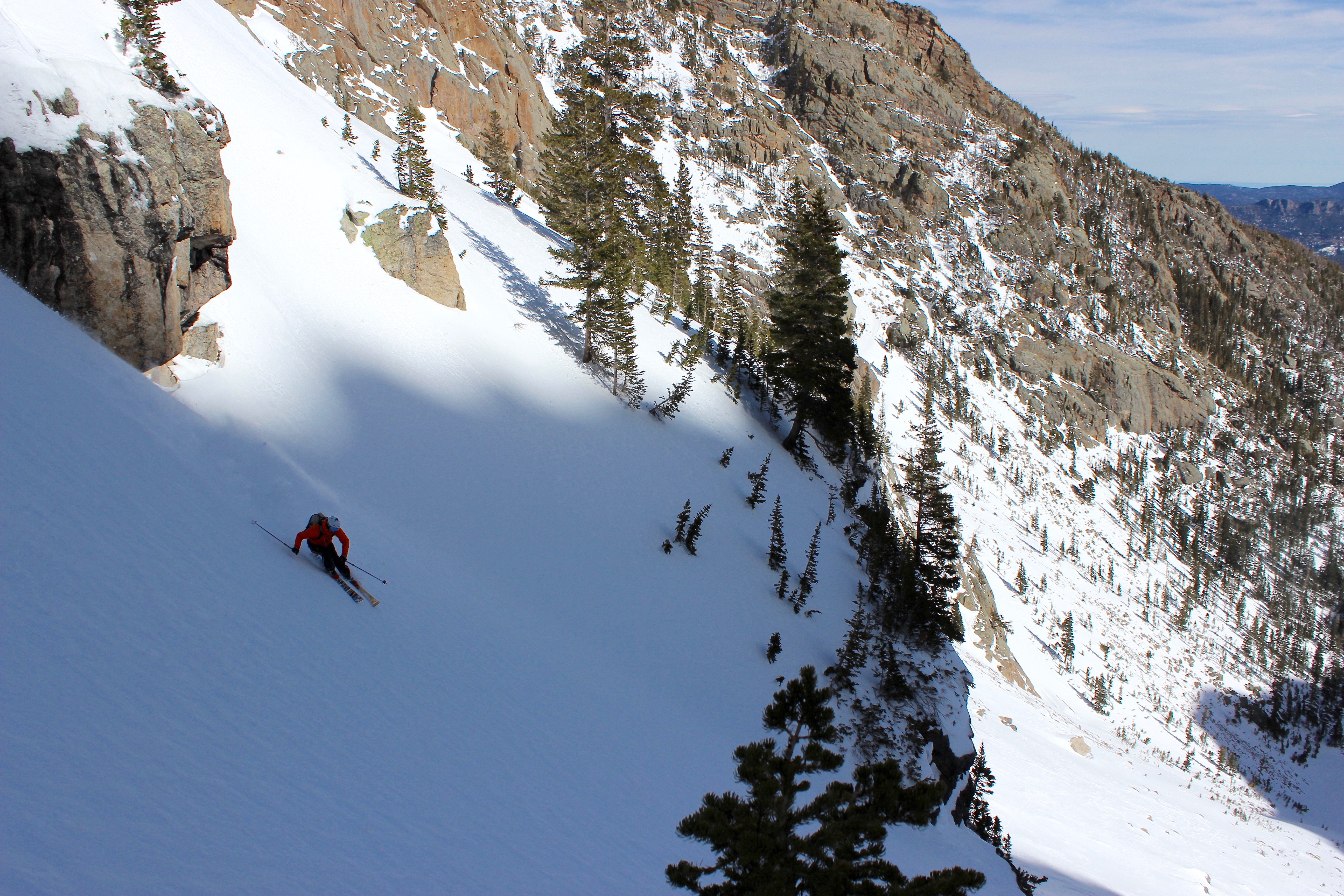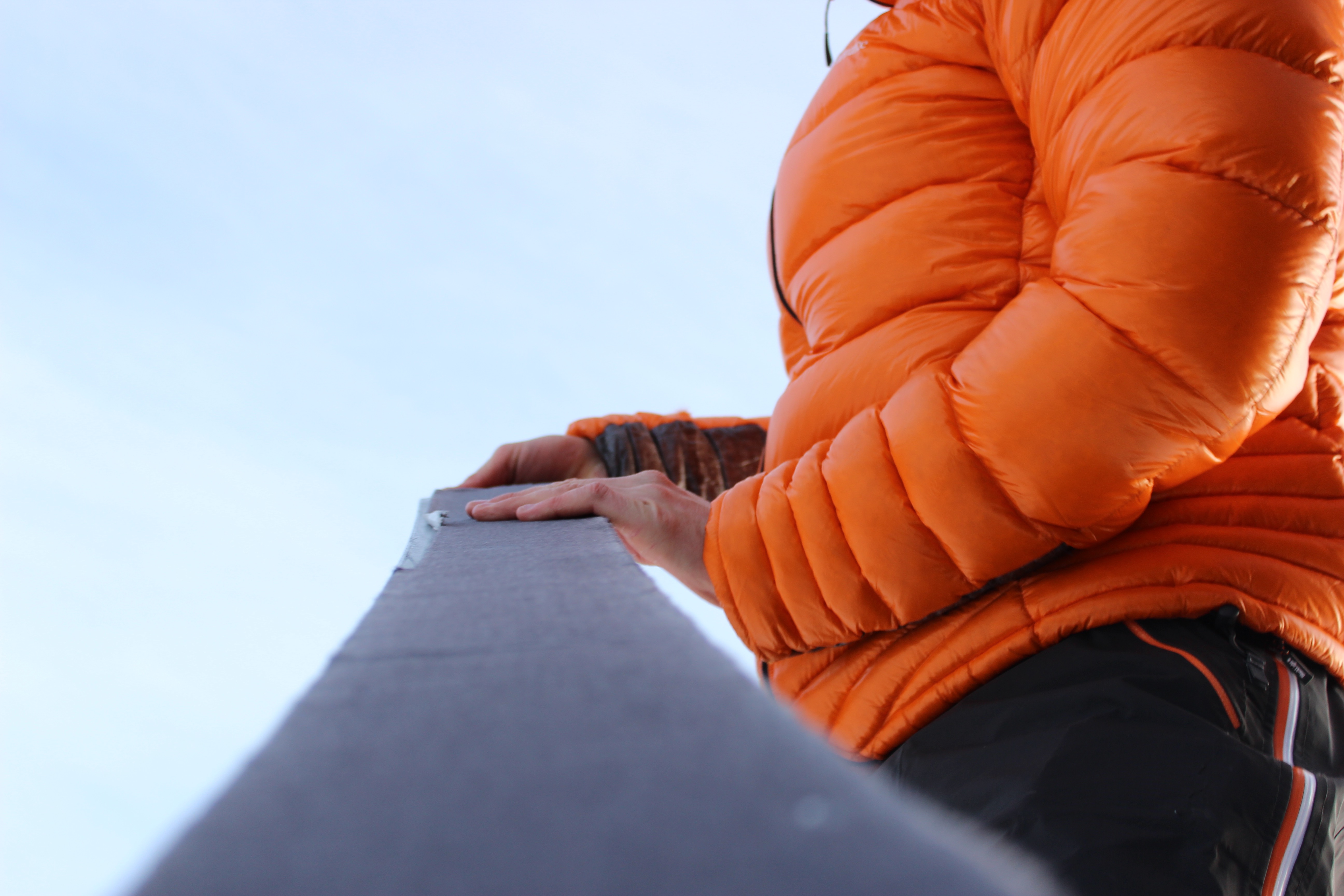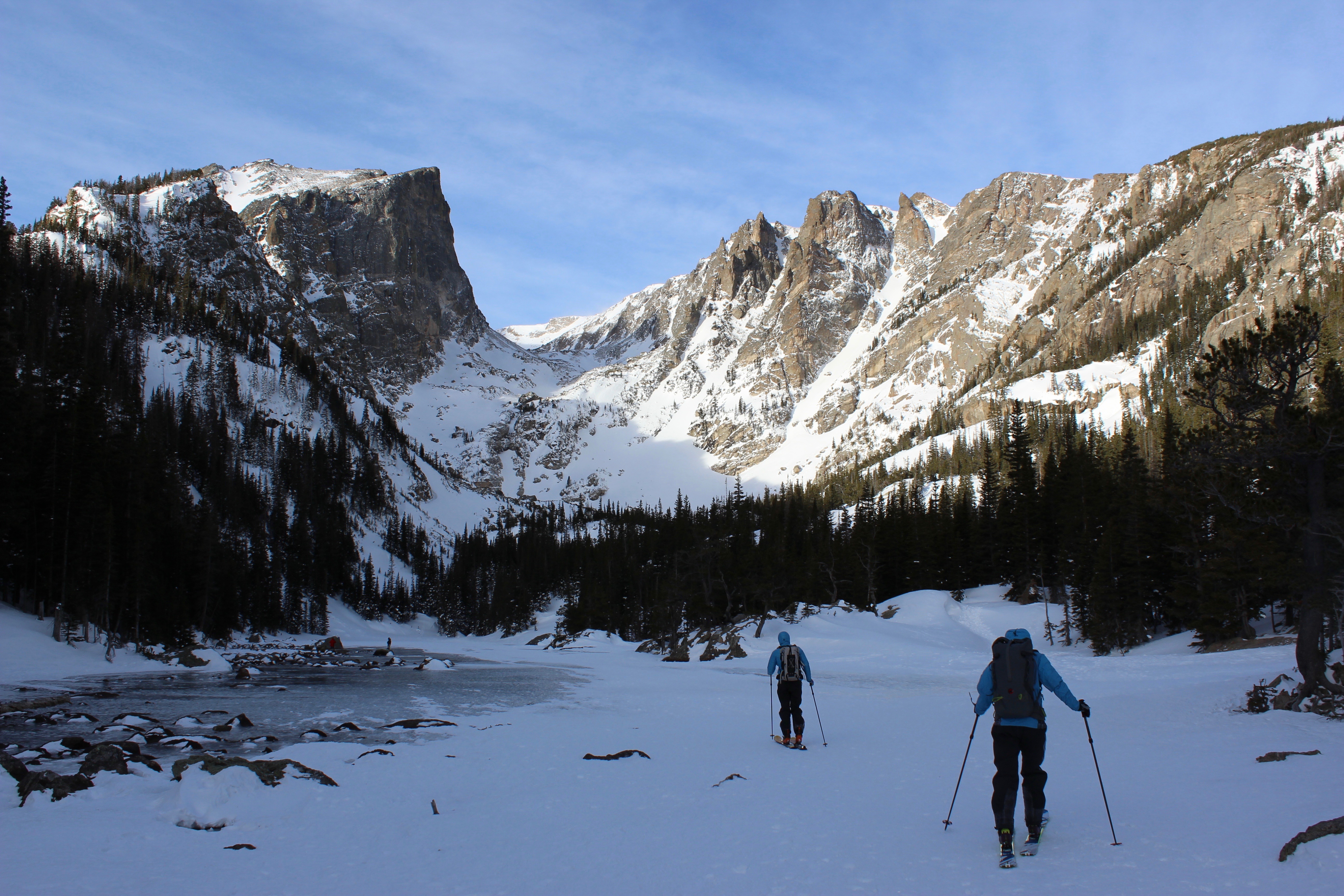So you want to ski out of bounds, eh?
7 initial steps aspiring backcountry skiers can take to start earning turns.
Updated February 2021.
With social media feeds idealizing hike-to terrain and adventure films glamorizing gnarly ascents coupled with flawless descents, much of today’s ski culture has an emphasis on backcountry or big mountain exploration. While inspiring, the prospect of setting out on exploratory ski missions in the middle of nowhere when avalanche deaths seem to be at an all-time high can feel uninviting and overwhelming. Where the heck do you even begin? Here are 7 suggestions to follow if you’re serious about transitioning from resort junkie into someone who knows how to safely navigate and survive skiing or riding beyond mediated terrain.

1. Learn as much as you can about snow. Sounds trivial, but really. Start by reading your local snow report more regularly and begin to understand how the weather is affecting the snowpack. One resource for consistent forecasting is OpenSnow. An entire season of storms dictates what kind of snow you’re potentially skiing. Is it stable? Is there enough coverage? If you’ve been reading about regional snowfall since the early season, you’re a lot more likely to understand what the collection of layers are looking like and you’ll be able to follow along when discussing conditions.
Other Possible Resources:
OpenSnow- https://opensnow.com/
California- http://www.sierraavalanchecenter.org/
Colorado- Colorado Avalanche Information Center
Utah- https://utahavalanchecenter.org/
Montana- http://www.mtavalanche.com/
Oregon- http://www.coavalanche.org/
New England- http://www.mountwashingtonavalanchecenter.org/
Washington/Oregon - https://www.nwac.us/
Wyoming- http://www.jhavalanche.org/index.php
2. Get the gear and understand its purpose. Initial items for keeping yourself safe include a shovel, a beacon, and a probe, but you’ll also want to look into getting a good backpack, sensible layers, and touring equipment. You don’t have to spend a fortune in your first season and buy everything at once, Craigslist or renting works too. Also, try checking out your local sports recycler or see if a friend will lend these items to you. Need ideas on everything you’ll need? Take a peek at what our friends at SKI Mag recommend.

3. Take an Avalanche 1 Course. Just drop the money and get educated. Courses are generally a few days in length and cover the basics in reading terrain and snowpack, utilizing gear, and assessing risk. Most courses include time “in the field” and this is the perfect time to rent or borrow the gear to practice using it properly. If you’re a student, look to see if your rec center or other clubs on campus offer courses at a discount.
Find where you can take an AIARE Course today: aiare.info
4. Follow a leader. Mentors matter! If you know someone who has been skiing out of bounds for a while now, ask them if they are willing to take you out skiing on some mellow terrain after you’ve taken your Avalanche 1 Course. Offer to drive or buy them an après meal. If you can’t coordinate a time to go exploring, invite him or her out for a drink and pick their brain. Ask them about how they got into backcountry skiing and about the lessons they’ve learned in the field over time. Don’t know anyone personally? Read stories here.

5. Get your cardio up to speed. Skiing in the backcountry doesn’t just consist of steep turns and face-shots; a lot of time is spent hiking. The popular phrase “earn your turns” isn’t just talk, it takes work ascending the mountains you plan on shredding down. Start getting your heart rate up in your daily life so that laps in the backcountry can be less lung-busting.
6. If you can afford it, don’t leave the resort entirely. Hiking legs are important, but skiing legs are what make it fun. The more you’re skiing, the better. Try to make it a point to get some resort laps in here or there throughout your season. It means you’re keeping your skiing legs in shape and you’ll be more prepared to take aggressive turns in an ungroomed landscape.
7. Figure out where to explore. Start talking to people and researching common places to ski or ride in your region. You may hear folks constantly talking about a certain trail or recreational area where they like to go touring. Study those places, the terrain traps associated with them, and begin familiarizing yourself with that topography. Then, when the time is right, you’ll be ready to send it.
Photo Credit: Mike Thurk // Follow him on Instagram @MThurk
---
Did you enjoy this story? Subscribe to our email list to receive more articles like this, fresh content, film updates, and more!

